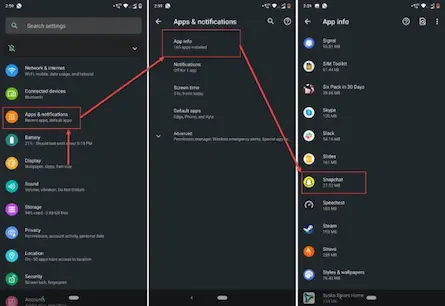How to use finance charts to track stocks?
- 10 Nov, 2022

What are finance charts and why should you use them to track stocks
A finance chart is a graphical representation of how a stock or other security has traded over time. While the most common type of finance chart is a line chart, others include bar charts and candlestick charts.
Charts can be beneficial for tracking stocks because they provide visual information that can be difficult to discern from numbers alone. For example, a line chart can show how a stock’s price has changed over the course of a day, week, month, or year.
This can help investors spot trends and make informed decisions about when to buy and sell. Additionally, charts can be used to compare how different stocks have performed over the same period of time.
This can help investors choose which stocks to add to their portfolios. Finance charts are a valuable tool for tracking stocks, and every investor should learn how to use them.
How to read finance charts and understand the data they contain
When it comes to making investment decisions, charts can be incredibly helpful in providing clear and concise visual information. However, reading and understanding finance charts can sometimes feel like a daunting task. With a few simple tips, however, anyone can learn how to read and interpret financial data.
One of the most important things to keep in mind when reading finance charts is that charts can be deceiving.
It is easy to focus on the trend line and ignore the actual numbers involved. However, the trend line is only one piece of information and should not be used as the sole basis for decision-making. Instead, take a close look at the numbers behind the trend line to get a more accurate picture of what is happening.
In addition, remember that different types of charts can provide different types of information.
For example, bar charts are often used to show changes over time, while line charts are better suited for showing relationships between different data sets.
Choose the right type of chart for the question you are trying to answer, and make sure you understand what each element of the chart represents.
With a little practice, you’ll be able to quickly and easily interpret even the most complex financial data. If you need more professional help and information, one of the most popular websites for tracking stock market information is FinanceCharts.com so make sure to check them out
The different types of finance charts available to investors
As any investor knows, there is no shortage of ways to chart the course of your finances. From the basic line chart to the more complex candlestick chart, there is a tool available to suit every need. But with so many options on the market, how do you know which one is right for you?
To help you make sense of it all, here is a quick guide to the different types of finance charts available:
Line charts
A line chart is the most basic type of financial chart. It shows the closing price of a security over a given period of time. Line charts are best used for long-term trends and are not as useful for identifying short-term movements.
Candlestick charts
Candlestick charts are more complex than line charts, but they can provide valuable insights into short-term price movements.
Each “candle” on a candlestick chart represents the opening, closing, high, and low prices for a security over a given period of time. The body of the candle indicates whether the security closed higher or lower than it opened, while the wicks show the high and low prices during the period.
Candlestick charts are often used in conjunction with other technical indicators to identify potential buying or selling opportunities.
Bar charts
Bar charts are similar to candlestick charts, but they only show the opening and closing prices for a security. The bars can be either horizontal or vertical, depending on your preference.
Bar charts are best used for shorter timeframes and can be helpful in identifying support and resistance levels.
No matter what your investment goals are, there is a financial chart that can help you achieve them. So take some time to familiarize yourself with the different types of charts available and find the one that best suits your needs.
How to use finance charts to make informed investment decisions
If you’re like most people, the world of finance probably seems pretty confusing. How do you know which stocks to buy and when to sell them? How can you tell if a company is doing well or not?
One way to get a handle on all of this is to start tracking stocks using finance charts. Finance charts can help you see at a glance how a stock is performing, and they can also give you some insight into what might happen in the future.
Here’s a quick guide to understanding and using finance charts to make informed investment decisions.
First, take a look at the axis. The vertical axis shows the stock price, while the horizontal axis shows the time period. You can use this information to track how the stock price has changed over time.
Next, take a look at the candlesticks. Each candlestick represents one day of trading, and the color indicates whether the stock price went up or down for that day. Green candlesticks represent days when the stock price went up, while red candlesticks represent days when the stock price went down. You can use this information to see how volatile the stock is and how it has been performing recently.
Finally, take a look at the moving averages. These are lines that show you the average stock price over a certain period of time, such as 20 days or 50 days. They can help you see trends in the stock price over time and make predictions about where the stock price might go in the future.
With all of this information at your fingertips, you should be able to start making informed investment decisions about which stocks to buy and sell. So get out there and start charting!
Wrapping up
In conclusion, finance charts are powerful tools that every investor should use to track stocks and make informed investment decisions. With so many different types of charts available, there is no excuse not to start using them today.
If you are new to investing, be sure to do your research and practice reading charts before putting any real money on the line. Now we want to hear from you!
Do you use finance charts? What other tools do you find helpful when tracking stocks? Let us know in the comments below.


